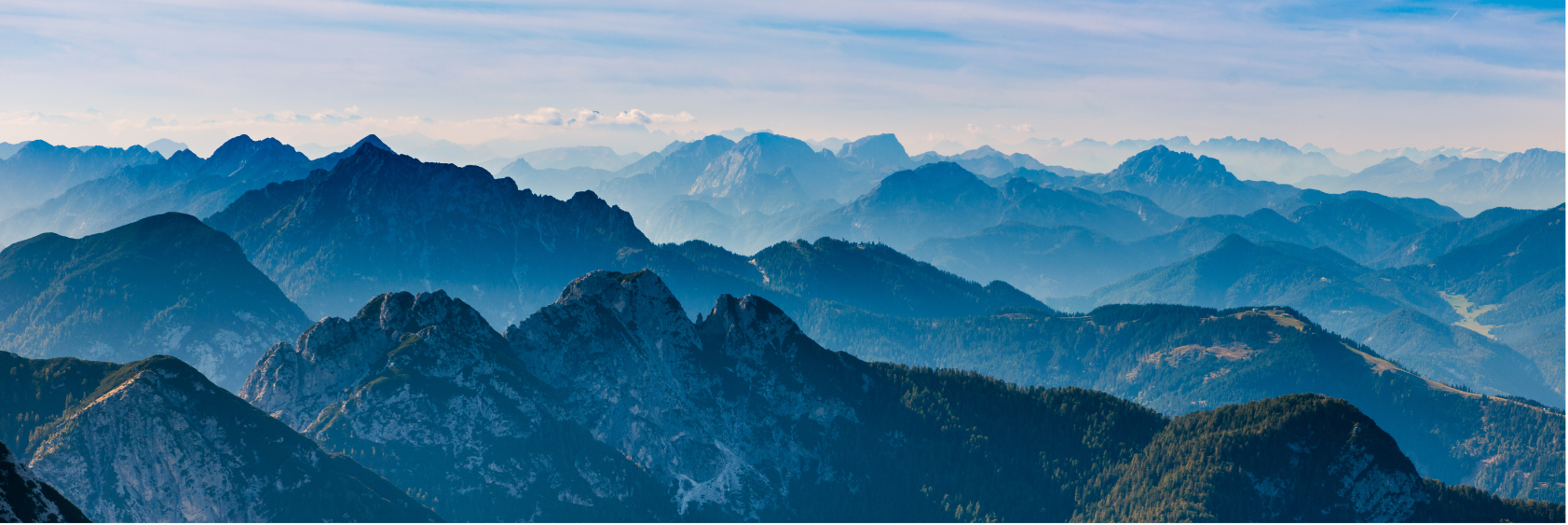September 4, 2023
By Michael Collins, Teravana
Trees have a variety of ways to protect themselves from things like changing weather, pestilence, or drought. For example, when an oak tree is cut, and it bleeds, it releases a sap-like substance called oakum. The sap it secretes is actually a sign of health, protecting the tree from disease and pests (Mast Producing Trees.org).
There are hundreds of species of oaks, but the most common in America are black, bur, cherrybark, chestnut, laurel, live, northern red, overcup, pin, post, scarlet, shumard, southern red/Spanish, swamp chestnut, water, white, and willow (Treehugger.com).
Oak trees have long dominated the forests of the eastern United States. But recently, large populations have been in decline. According to the National Park Service, climate-related stressors can collide with natural factors like tree age or disease and can lead to sudden death when a tree’s resources are exhausted.
In the face of this, oaks have maintained a stronghold in the Blue Ridge Mountains of southern Virginia and western North Carolina.
The Blue Ridge Mountains travel eight states from Georgia to Pennsylvania, but North Carolina and Virginia have the most prominent peaks and valleys. Because the Blue Ridge Mountains are so rich in biodiversity, with so many tall trees, the overlapping ranges inspire and seem to give off a distinct blue haze. There is a scientific reason for this phenomenon.

The abundant oak trees and poplar trees of these mountains defend themselves against hot days by letting off a chemical called isoprene. After it’s released into the air, isoprene reacts with molecules already present in the atmosphere, and by the time it reaches the human eye, it looks like a distinctive blue haze (Quine, 2015).
Just like the ocean and the sky, the mountains are not actually blue; in fact, they are filled with tall green trees. But because of the haze put off, and because blue is the color our eyes most easily pick up from the sun, the mountains take on a blue hue.
There is reason for North Carolinians to take pride in these mountains. Centuries ago, the Cherokee Indians referred to them as Sa-koh-na-gas, which translates to mean blue (Quine, 2015). Today, the forests are healthy, and the many oaks still stand tall. There is reason to stay on the defensive, though. If the oaks of the Blue Ridge Mountains decline and begin to diminish, with it will go the lazy, hazy blue that hangs around. Hiking these mountains, or even driving through them, reminds us we have a lot to hold on to.
REFERENCES
Borowy, Dorothy. “What is oak decline?” National Park Service.
https://www.nps.gov/articles/oak-decline.htm#:~:text=Symptoms%20include%20ear
ly%20browning%20of,generally%20defined%20as%20Oak%20Decline
Nix, Steve. “Major Common Oak Species of North America.” 2021. Treehugger.com.
https://www.treehugger.com/common-oaks-north-america-4174951
Quine, Katie. “Why Are the Blue Ridge Mountains Blue?” 2015. Our State.com.
https://www.ourstate.com/why-are-the-blue-ridge-mountains-blue/
The Amazing Way Oak Trees Protect Themselves. 2022. Mast Producing Trees.org.
https://mast-producing-trees.org/the-amazing-way-oak-trees-protect-themselves/